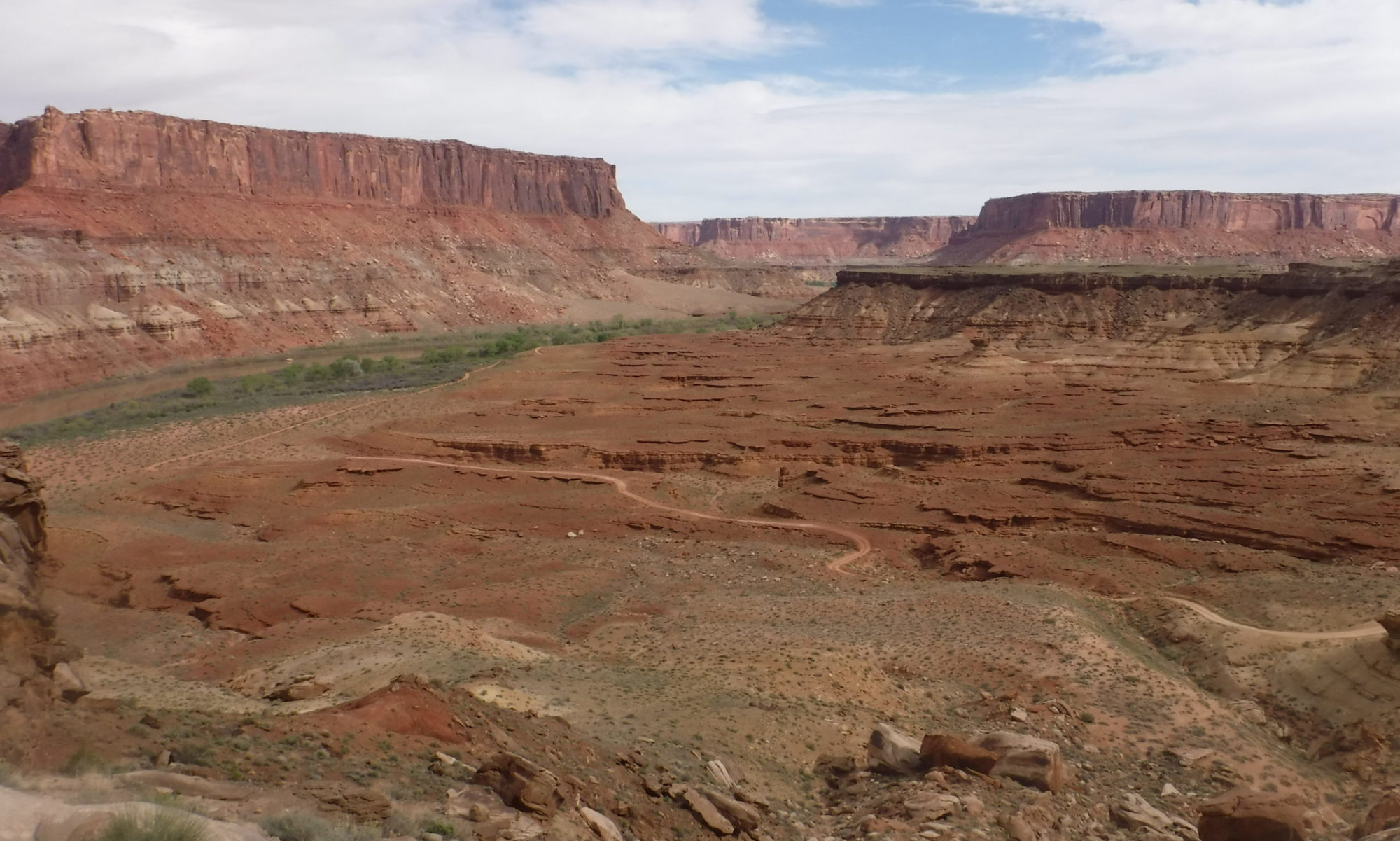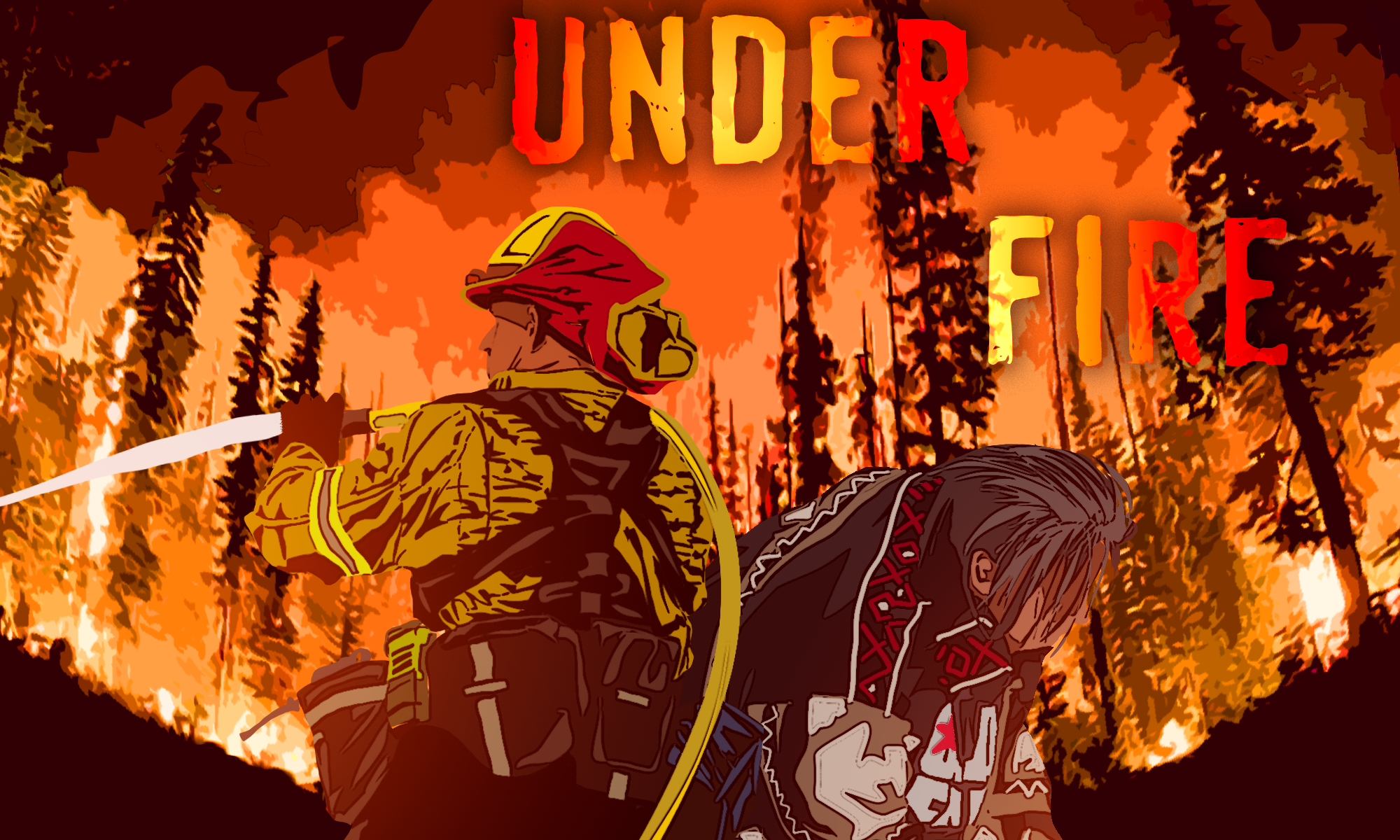Accompaniment to the Third Pod from the Sun Episode
Featured Image: “Forests under fire” original artwork by Jace Steiner. Used with permission.
Authors: Matthew Reilly, Aaron Zuspan, Joshua Halofsky, Crystal Raymond, Andy McEvoy, Alex Dye, Daniel Donato, John Kim, Brian Potter, Nathan Walker, Raymond Davis, Christopher Dunn, David Bell, Matthew Gregory, James Johnston, Brian Harvey, Jessica Halofsky, Becky Kerns
The natural legacy of fire in the Pacific Northwest (PNW) is complex. The variable geography of the wet, westside temperate rain forests, to the dry, high elevation forests beyond the Cascade crest make it difficult to find a “catch-all” description of PNW forest fires. For instance, drier forests of ponderosa pines in eastern Washington experience more frequent, low-severity fires while the temperate rain forests of western Oregon rarely see fires. However, scientists can reconstruct historical fire regimes and identify centuries-long patterns of burning related to precipitation, temperature, and ignition frequency to define what are historical patterns and what is modern climate change. In 2020, multiple megafires (a wildfire that burnt more than 100,000 acres of land) broke out in the typically wet parts of Oregon and Washington, burning more than 700,000 acres combined. This event is called the 2020 Labor Day Fires, and Matthew Reilly and colleagues have revealed these fires were likely part of historical regimes and not a product of accelerated climate change.
Historically, indigenous peoples practiced controlled burns throughout the PNW as a way of encouraging growth of natural resources such as huckleberries, bear grass, and camas. These fires in hardwood forests and open woodlands are typically regarded as low-severity, frequent burns, with minimal impacts on the forest age and stand complexity. However, human practices shifted as European colonizers cleared land with large-scale burns and began industrial clear-cut logging from the late 1800s until federal and state regulations began a hundred years later in 1990. Outside of these human-caused fires, current written records show patterns of high-severity fires with the first reported as the Silverton Fire in 1860 in Oregon, which burned almost one million acres. However, the Silverton Fire wasn’t a one-off, researchers use tree rings and charcoal deposits to corroborate these century-long patterns of megafires dating back to 1350 AD.
These generational, or once-in-a-lifetime, fire events are spurred by a climatic “recipe” comprised of drought, an ignition source, and east winds. Interestingly, setting the stage for a megafire begins in the wintertime. During the months leading up to a megafire, average or below average snowpack in the Cascades is melted rapidly and early due to a warm and dry spring. After early snowmelt, the region will experience prolonged hot and dry weather, leading to a drought scenario. During mid to late summer, the prevailing winds are almost always from the west. However, in certain circumstances, a high-pressure (or warm) system may push its way across Canada from the Atlantic in August. Normally this system is generally unrelated to PNW weather, but if a low-pressure (or cold) system forms to the East of the warm system, the temperature differences are enough to override the PNW’s classical weather patterns, shifting the prevailing winds to now flow from east to west. These east wind events push air up over the Cascade crest and into the coastal valleys. The winds and drought alone are not enough to create megafire conditions, yet if they meet an ignition source, the recipe is complete.

So, if these mega fires are historic and somewhat familiar to the PNW, how can scientists disentangle the effects of natural cycles and anthropogenic climate change? Of the ingredients outlined above, accelerated spring snowmelt, prolonged high temperatures, and little or no precipitation is forecasted to become more common as our planet warms. That’s at least half of the ingredients necessary for mega fires that are directly linked to climate change. Additionally, global high- and low-pressure systems are shifting position and intensity around the globe as the poles continue to melt. However, it’s not a guaranteed doomsday scenario. There is a key aspect to this recipe that is controlled almost exclusively by human behavior—ignition source. By being proactive and mindful, individuals in the PNW can maintain the centennial frequency of these mega fires. Remember: only you can prevent wildfires!
Balancing our societal perception of climate change impacts and centennial events is difficult. There is enormous interplay between megafires and climate change through the increased patterns of drought, precipitation, and the formation of high- and low-pressure bubbles along North America, yet it’s critical we stay cognizant that the 2020 fire events were akin to major, once-in-a-lifetime ecological disasters. Society’s role in mitigating megafires is critical, as the overwhelming majority of ignition sources are anthropogenic. By removing a key ingredient to this recipe, we can impact and protect our forests from megafires exacerbated by climate change.
Forests under (mega)fire in the Pacific Northwest by Jessica Buser-Young is licensed under a Creative Commons Attribution-ShareAlike 4.0 International License.

